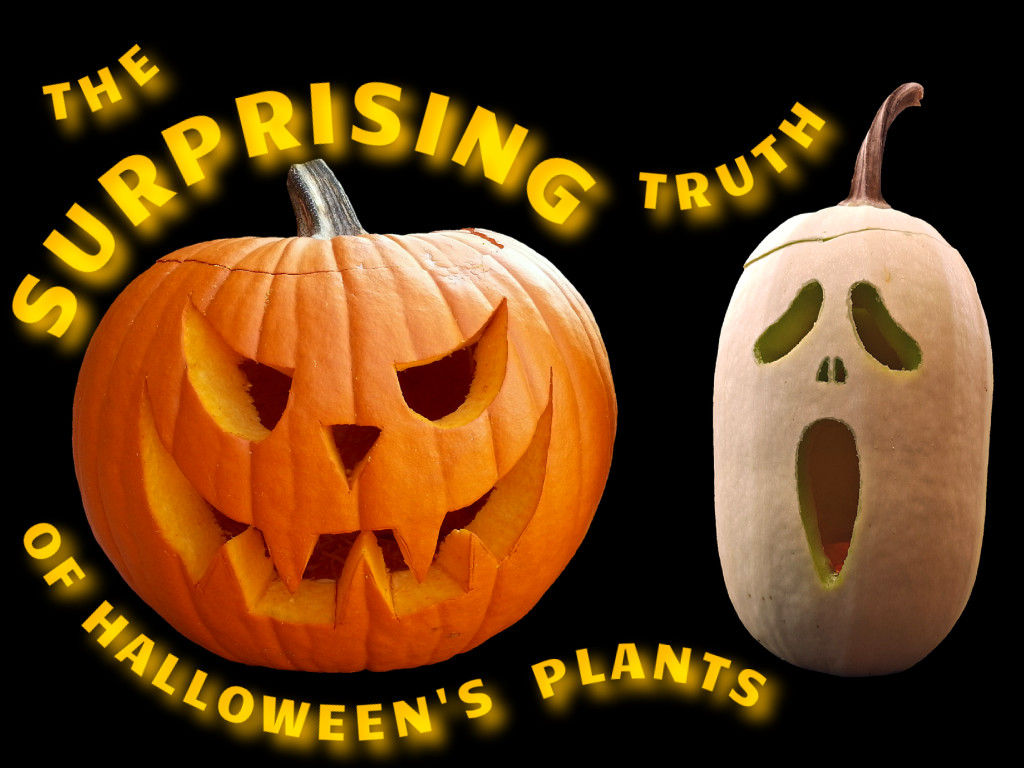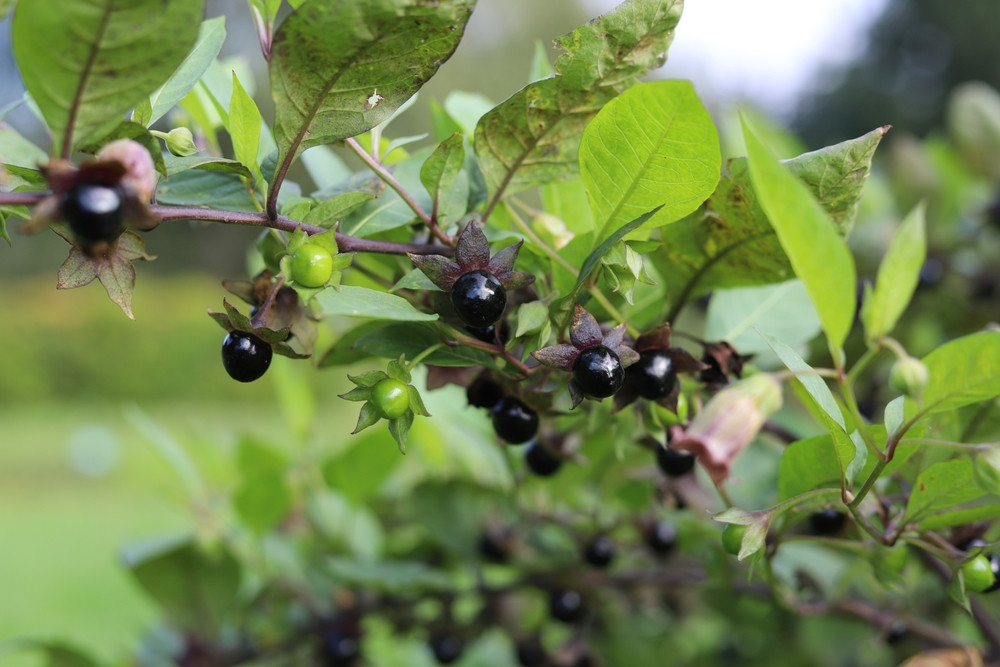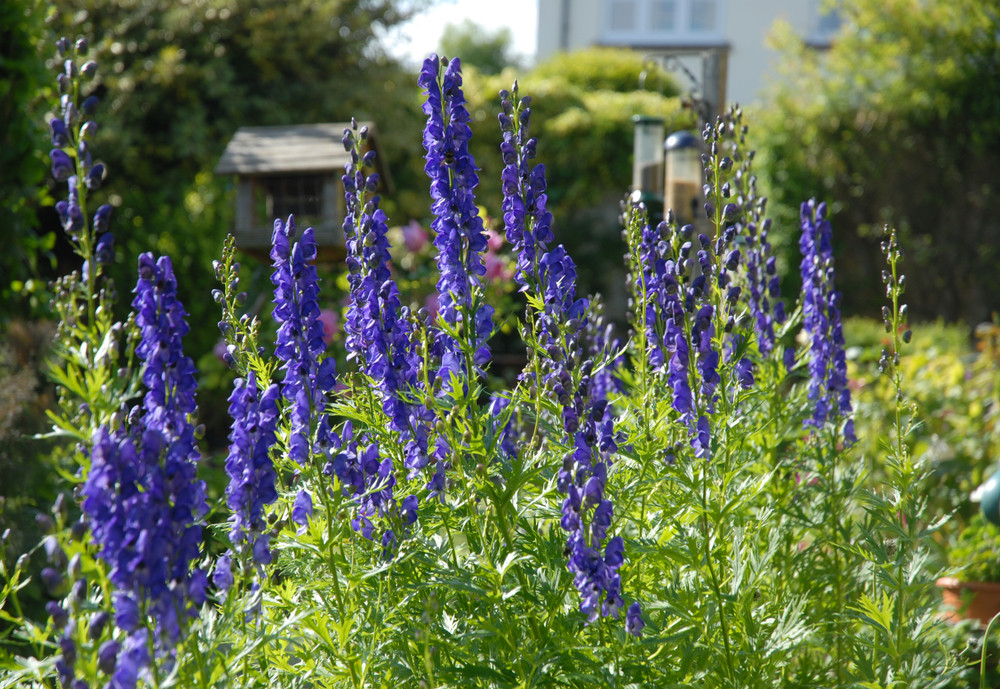The Surprising Truth Of Halloween's Plants

As the October air sharpens and shadows stretch across our gardens, the old stories begin to stir. For centuries, plants have been at the heart of our spookiest tales, credited with powers both magical and malevolent. But these legends didn't spring from thin air. They grew from a kernel of truth—a blend of historical use, botanical properties, and a healthy respect for the natural world's power.
The Jack-o'-Lantern's Journey
The familiar glowing face of the pumpkin is perhaps Halloween's most cherished symbol. While we associate it with American tradition, its origins are firmly rooted in the Celtic festival of Samhain in Ireland. The original Jack-o'-Lanterns weren't pumpkins at all, but turnips and potatoes, hollowed out and carved with grotesque faces to frighten away wandering spirits. When Irish immigrants arrived in North America, they discovered the native pumpkin was larger and far easier to carve, adapting an ancient tradition to a new world and creating the icon we know today.
Belladonna: The Witch's Beauty Secret

Known as Deadly Nightshade, Atropa belladonna was a staple in tales of witches' flying ointments and shadowy potions. While its role in folklore is dramatic, its most famous name, Belladonna, reveals a fascinating historical fact. In Italian, it means "beautiful lady," referencing a documented practice from Renaissance Italy where women used drops of its extract as a cosmetic. The plant's alkaloids would cause their pupils to dilate, a look that was considered alluringly mysterious. This real-world use for beauty walked a fine line with its potent toxicity, cementing its reputation as both seductive and deadly.
Mandrake: The Surgeon's Root
Few plants inspire as much dread as the Mandrake. Legend claimed its human-shaped root would let out a fatal scream when unearthed. This terrifying folklore served as a practical warning, as the plant is a powerful hallucinogen. But its potent properties also gave it a vital role in early medicine. Historical records show that Roman and Greek physicians, such as the 1st-century physician Dioscorides, used mandrake root steeped in wine as a powerful surgical anesthetic, putting patients into a deep slumber before an operation. The "magic" of the Mandrake was, in fact, early pharmacology.
Wolfsbane: The Hunter's Poison

With its beautiful, hooded purple flowers, Wolfsbane (Aconitum) is famously linked to the legend of the werewolf. While its ability to cure lycanthropy is pure folklore, its common name points to a very real and lethal purpose. The plant contains aconitine, a fast-acting and deadly toxin. For centuries, it was used by hunters and farmers to lace meat baits to kill wolves and other predators, earning it the literal name "Wolf's Bane." This same poison was also used on the tips of battle arrows and in assassinations, making its fearsome reputation well-deserved.
As you tend to your garden this autumn, remember that the stories we tell are often echoes of forgotten truths. The line between magic and medicine, folklore and fact, is buried just beneath the soil.


